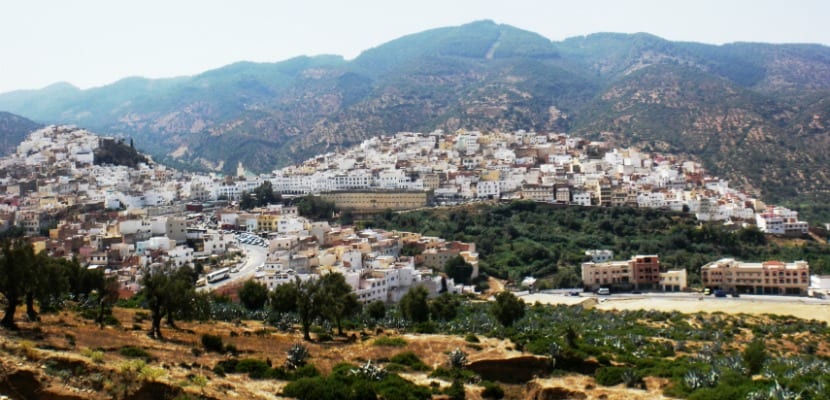
Fez, the imperial city of Morocco, is also the religious and cultural capital of the Alhauite country since the Qarawiyn, a Koranic mosque and university, was founded in the XNUMXth century.
Palaces, temples, madrasas and walls testify to the glorious past of Fez, a town where XNUMX million people already live. Declared a World Heritage Site, the Fez medina is preserved intact thanks to General Lyautey, who forbade building inside.
Located 200 kilometers east of Rabat, Fez is an ideal place to get lost and discover the authentic Morocco. Perhaps somewhat overshadowed by the country's large cities such as Marrakech, Casablanca or Rabat, the truth is that Fez better preserves its traditions and lifestyles, something that is breathed in its streets.
The city is divided into three parts that reflect its history. Fez el Bali (the old city founded in 789 by Idrís I) Fez el Jedid (built in the XNUMXth century by the Merinids) and the New City (built by the French with Hassan II avenue as the main axis.)
In recent years, a program of restoration of the medina has been organized, including the renovation of the streets, walls, monuments and bridges, since some adobe houses were deteriorated and in certain areas garbage and debris accumulated in the streets, which did not give a good image to a city as important as Fez. Also, some riads (traditional garden houses) are being converted into luxury hotels as tourism is growing.
Fez is actually three cities in one that is located on the banks of the Zitu and Fez rivers.
fes el bali
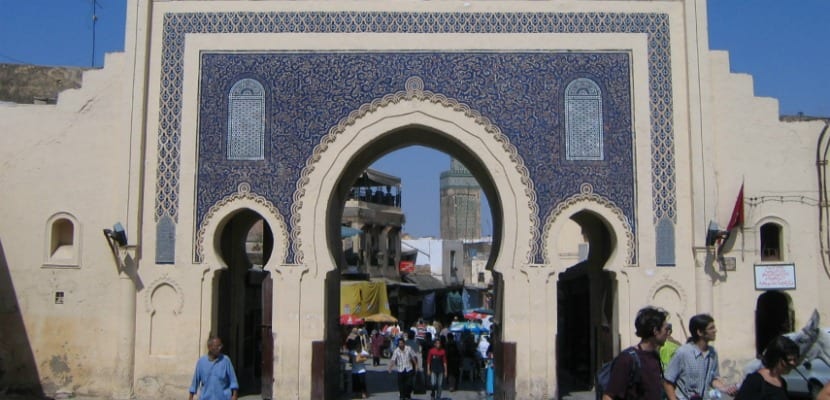
Bab Bou Jeloud Gate
It is the best preserved medina in the Arab world and the largest living monument in Morocco. This huge network of alleys dates from the XNUMXth century and it highlights the cobalt blue of the Bab Bou Jeloud gate through which you access the oldest part of the city.
Crossing it is taking a trip back in time, where there is no traffic, no asphalt, or skyscrapers. After crossing it, the decoration changes color and the tiles are green. A color that represents happiness in Islam for what is found inside houses, mosques or important buildings.
The most advisable thing is to hire the services of a guide to know in depth all the secrets of Fez. In addition, it is not the same to walk aimlessly through its labyrinthine streets than guided by someone who knows perfectly which are the most interesting places in the medina.
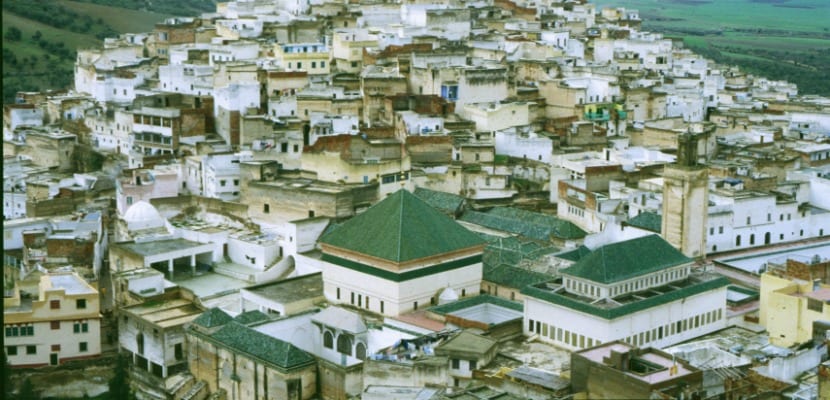
Mulay Idris Mausoleum
The city was founded around 807 AD when the Idrisid dynasty moved the capital of Volubilis here. Inside Fez el Bali is the mausoleum dedicated to Mulay Idris, the founder of the city. As a curiosity, until not long ago, the streets adjacent to the mausoleum were forbidden to non-Muslims due to their sacred nature.
The main tourist attractions of the city are located in the medina: the Koranic schools, the great souks, the Nejjarine and Seffarine squares, the Holy District and the oldest university and library in the world.

Medersa Bou Inania Madrasa
Here you can visit the Medersa Bou Inania madrasa, a quiet space with its tower of bright green tiles and highly ornate interior walls. It was inaugurated in 1350.
A place to end your visit to Fez is from above, in the area known as Borj Sur. From this place you have spectacular views of Fez where the green color of the most important buildings such as the mosques, the university or the Mulay Idris mausoleum stand out.
Fez the Jedid
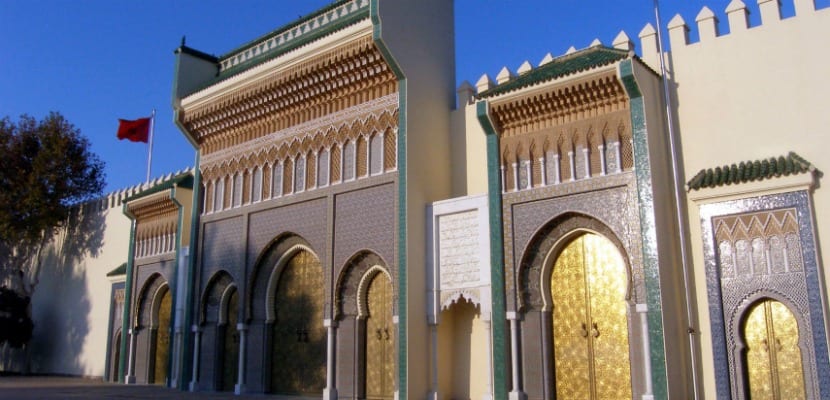
Dar el- Makhzen Palace
Although Fez el Jedid is called the new medina of Fez, the truth is that it is nothing more than the extension of the first medina Made in the XNUMXth century by the Benimerines, the most important Berber dynasty in North Africa, who installed their capital in Fez in the middle of the XNUMXth century. The highlight of Fez el Jedid is the Royal Quarter (where the Dar el-Makhzen palace is located, which houses the Museum of Crafts and Antiquity), the XNUMXth century Jewish quarter (Mellah), its souks, mosques, gardens and craft shops.
The Ville Nouvelle
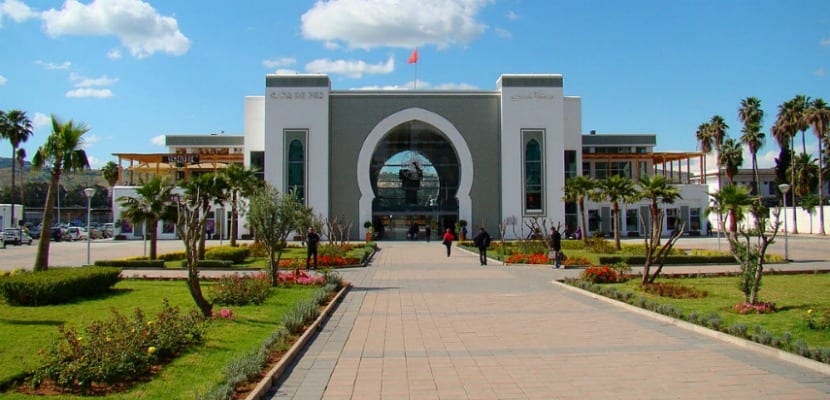
La Ville Nouvelle or new city It was founded by the French in the 20s so this part of Fez has a very different European style from the old medina. The wealthiest Moroccan families and foreigners live here.
The wide avenues and streets are full of shops, luxurious hotels and cafes where you can taste delicious mint tea. The main road is Avenida Hassan II and its most important point is the intersection with Boulevard Mohammed V, as the offices of the Bank of Morocco and the Plaza de Florencia are located here.
As a curiosity, it is worth mentioning that in the new areas of all the cities of the country there are two streets with the names of Hassan II and Mohammed V in honor of the most important Moroccan kings of the XNUMXth century.
La Ville Nouvelle houses numerous buildings from the colonial era as well as the Instituto Cervantes or the French Lyceum. Also the Imam Malik mosque, one of the largest in the city, and the church of San Francisco.